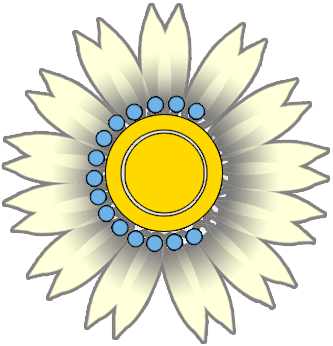Weed and Grass Pollen Allergy: Cross-Reactive Foods to Watch
If you suffer from seasonal allergies due to weed or grass pollen, you may have noticed an itchy mouth or throat after eating certain fruits and vegetables. This condition is called Pollen-Food Allergy Syndrome (PFAS), also known as Oral Allergy Syndrome (OAS).
This occurs when your immune system, which already reacts to grass and weed pollen, mistakes similar proteins in certain foods as an allergen, leading to mild to severe allergic reactions.
Understanding Pollen-Food Allergy Syndrome (PFAS)
Why Does It Happen?
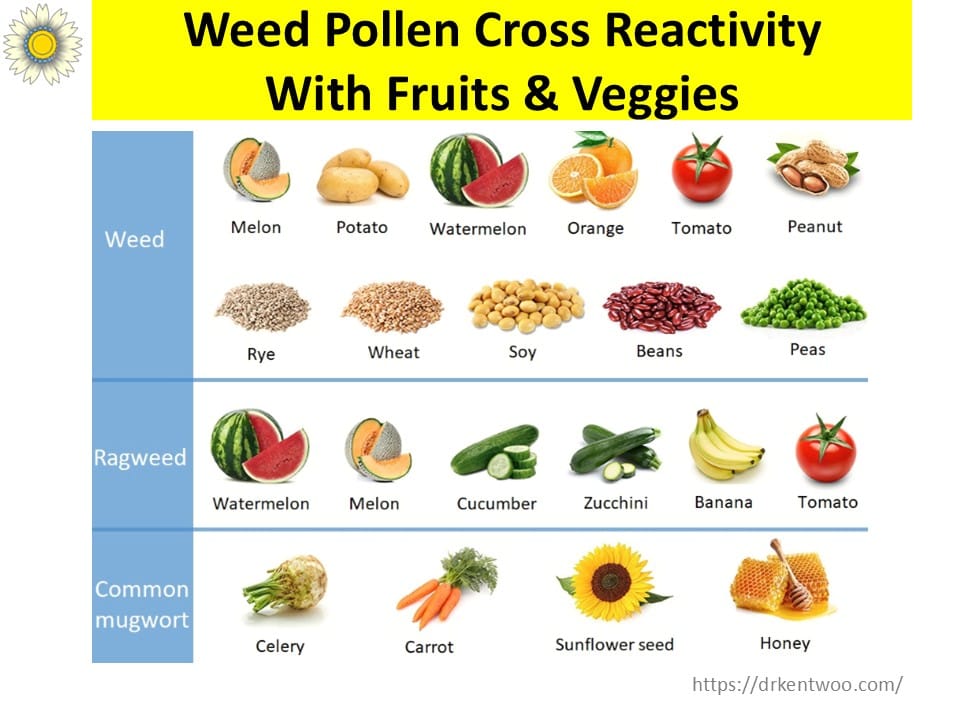
PFAS occurs due to cross-reactivity between pollen allergens and proteins found in some raw fruits, vegetables, nuts, and seeds. Your immune system produces IgE antibodies that recognize pollen, and in some cases, these antibodies also react to structurally similar proteins in foods.
Common Symptoms
- Itchy lips, mouth, and throat
- Swelling of the lips or tongue
- Scratchy throat
- Tingling sensation in the mouth
- In rare cases, throat swelling or anaphylaxis
💡 Symptoms typically appear within minutes of eating raw fruits or vegetables and usually resolve quickly. Cooking the food often destroys the allergens and prevents a reaction.
Common Cross-Reactive Pollens & Foods
Weed Pollen & Cross-Reactive Foods
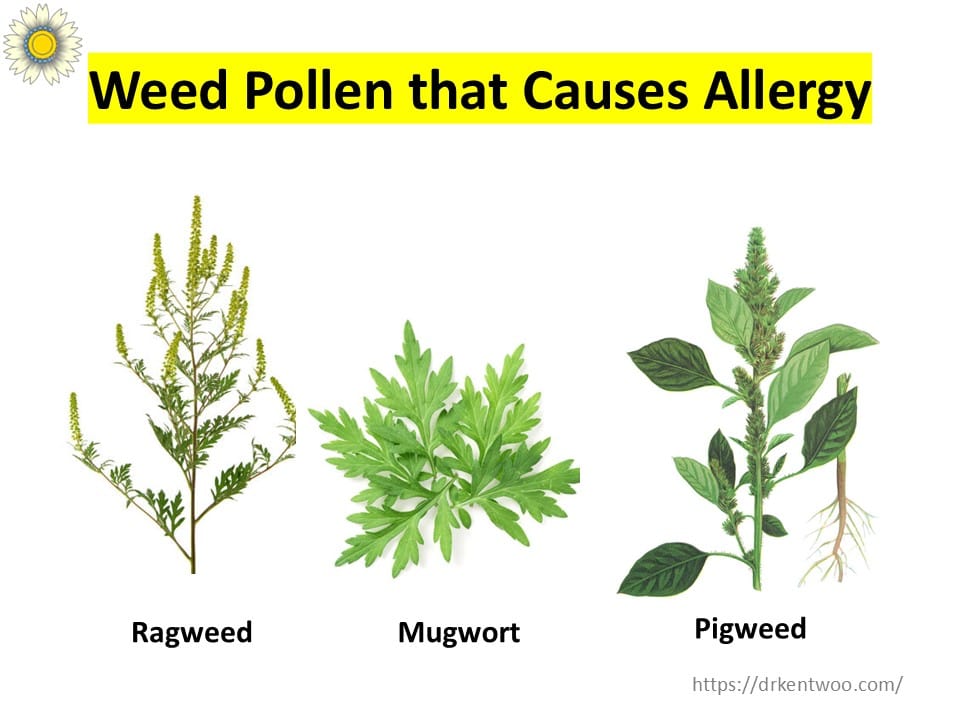
🌿 Ragweed Pollen Allergy → Cross-reacts with:
✔ Melons (watermelon, cantaloupe, honeydew)
✔ Bananas
✔ Cucumbers
✔ Zucchini
✔ Pumpkin
🌱 Mugwort Pollen Allergy → Cross-reacts with:
✔ Celery
✔ Carrots
✔ Parsley
✔ Coriander
✔ Peppers
🌾 Russian Thistle (Tumbleweed) & Pigweed Pollen Allergy → Cross-reacts with:
✔ Tomatoes
✔ Peppers
✔ Melons
Grass Pollen & Cross-Reactive Foods
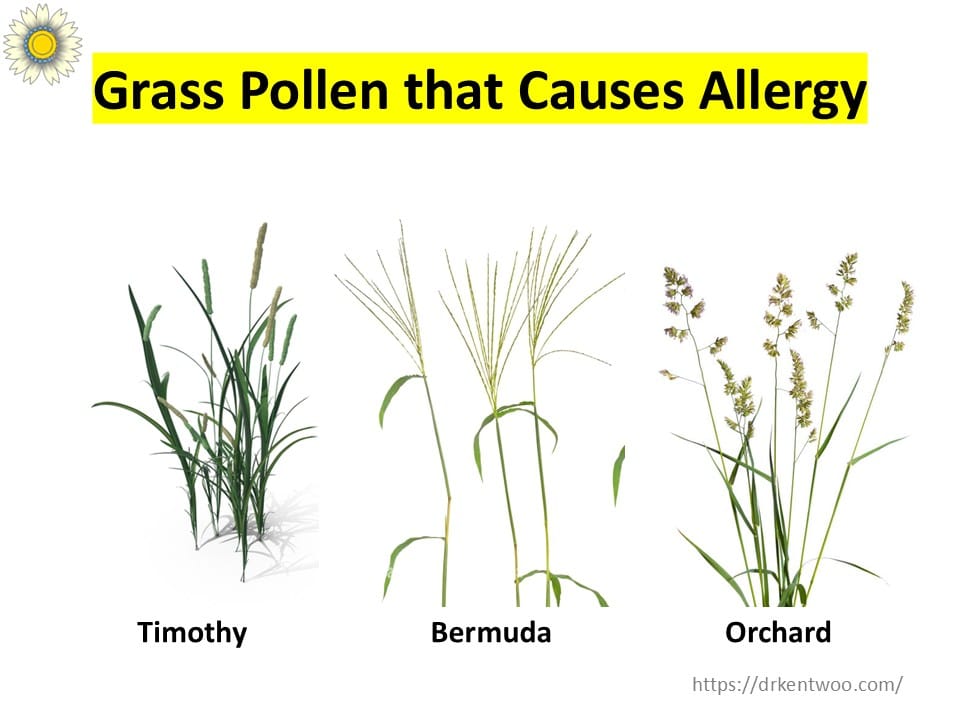
🌾 Timothy Grass, Bermuda Grass, Orchard Grass Allergy → Cross-reacts with:
✔ Tomatoes
✔ Potatoes
✔ Peaches
✔ Kiwi
Note: Not everyone with pollen allergies will develop PFAS, but if you experience symptoms after eating these foods, it’s likely due to cross-reactivity.
📌 [Click here to find out about: Tree Pollen causing Food Allergy]
How to Manage Pollen-Food Allergy Syndrome
1. Avoidance & Cooking Solutions
- Avoid raw versions of cross-reactive foods if they trigger symptoms.
- Cook or bake foods – Heat alters the allergenic proteins, reducing reactions.
- Peel fruits & vegetables – The allergenic proteins are often concentrated in the skin.
2. Medications for Symptom Relief
- Antihistamines can help relieve mild itching or swelling.
- Epinephrine (EpiPen) is necessary for severe reactions, such as throat swelling or anaphylaxis.
3. Allergy Immunotherapy (AIT)
- Sublingual or subcutaneous immunotherapy (SLIT/SCIT) can reduce pollen allergy symptoms and, in some cases, improve tolerance to cross-reactive foods.
⚠️ Important: Do NOT ignore symptoms or take antihistamines just to eat trigger foods. Continued exposure may increase the risk of severe reactions over time. Consult an Allergist & Immunologist to evaluate your specific triggers and discuss appropriate treatment options.
When to See an Allergist?
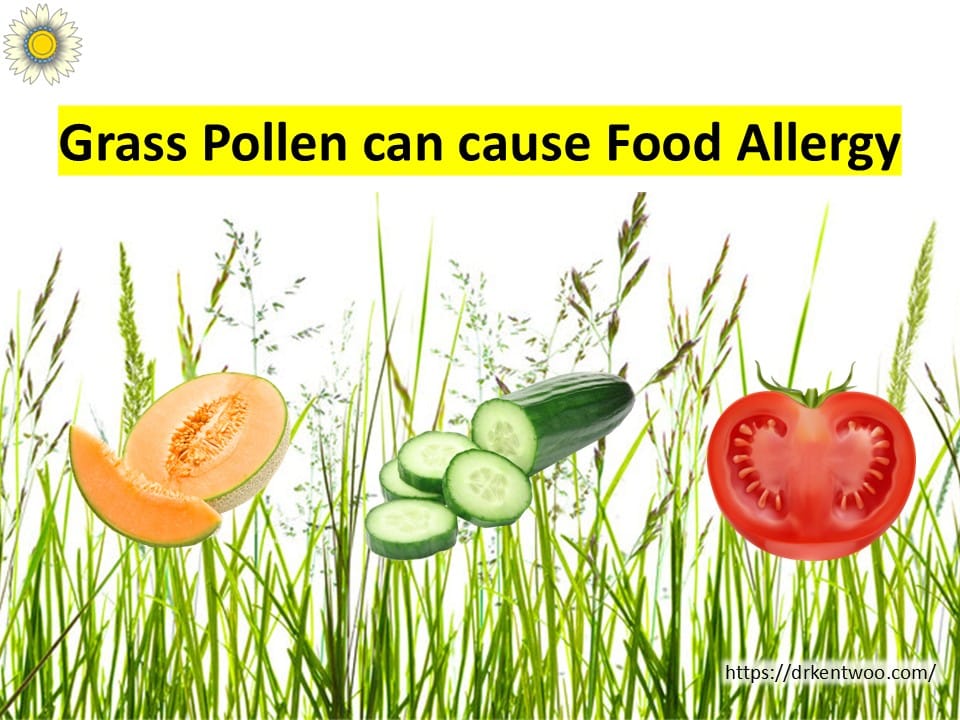
- If symptoms are worsening or unpredictable.
- If you have asthma or experience throat swelling with PFAS.
- If you’re unsure whether your reaction is due to pollen allergy or food allergy.




